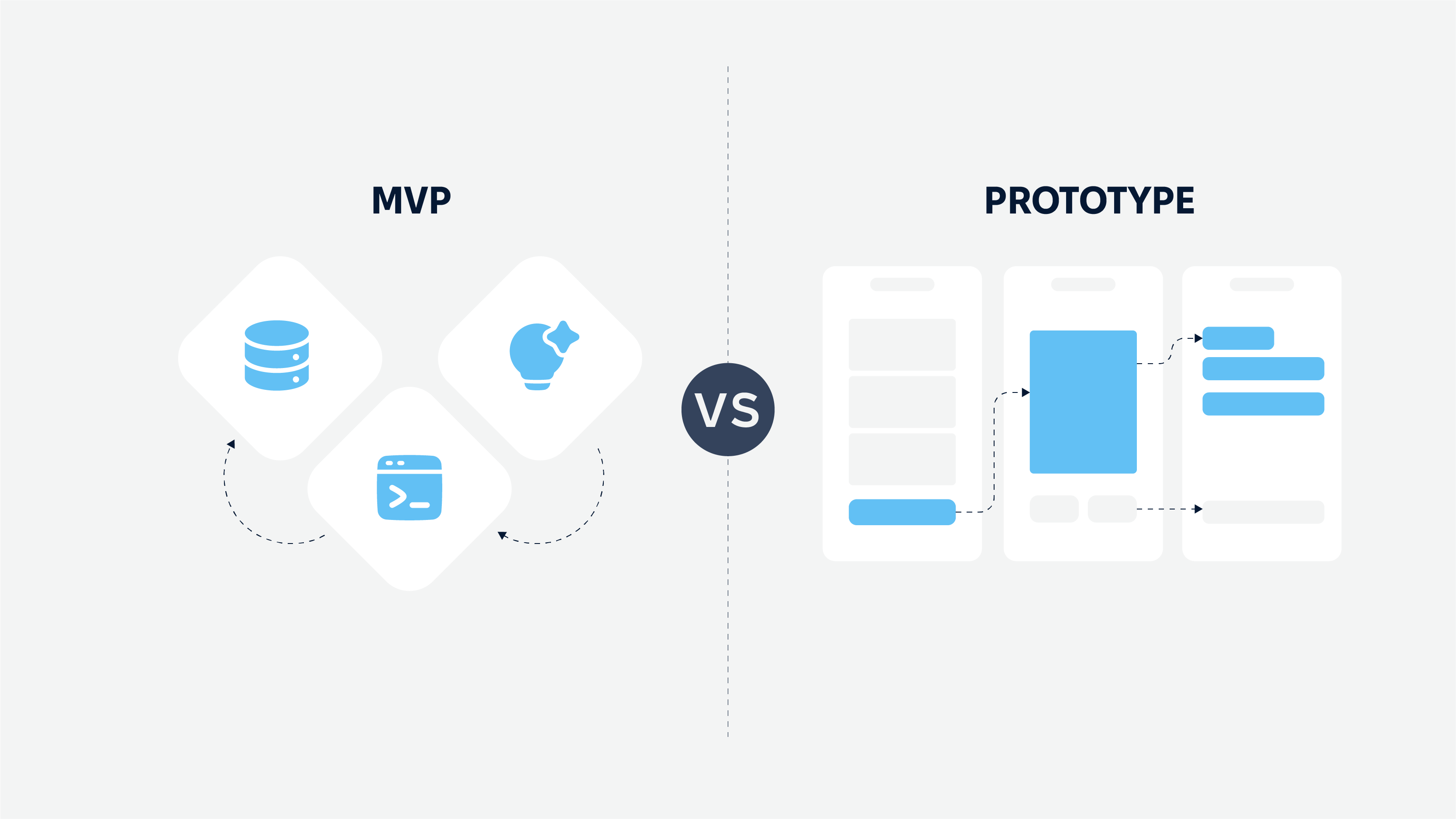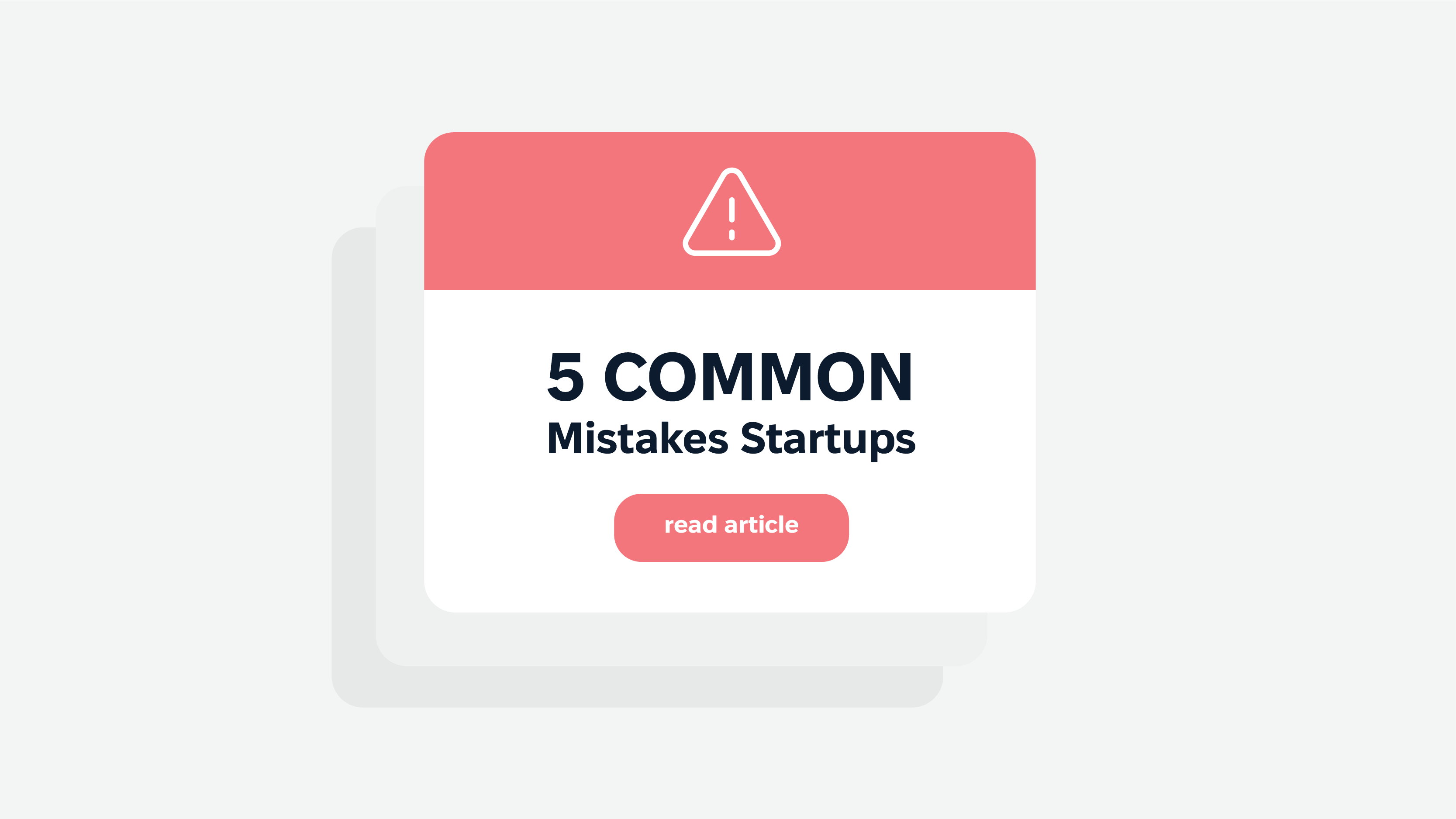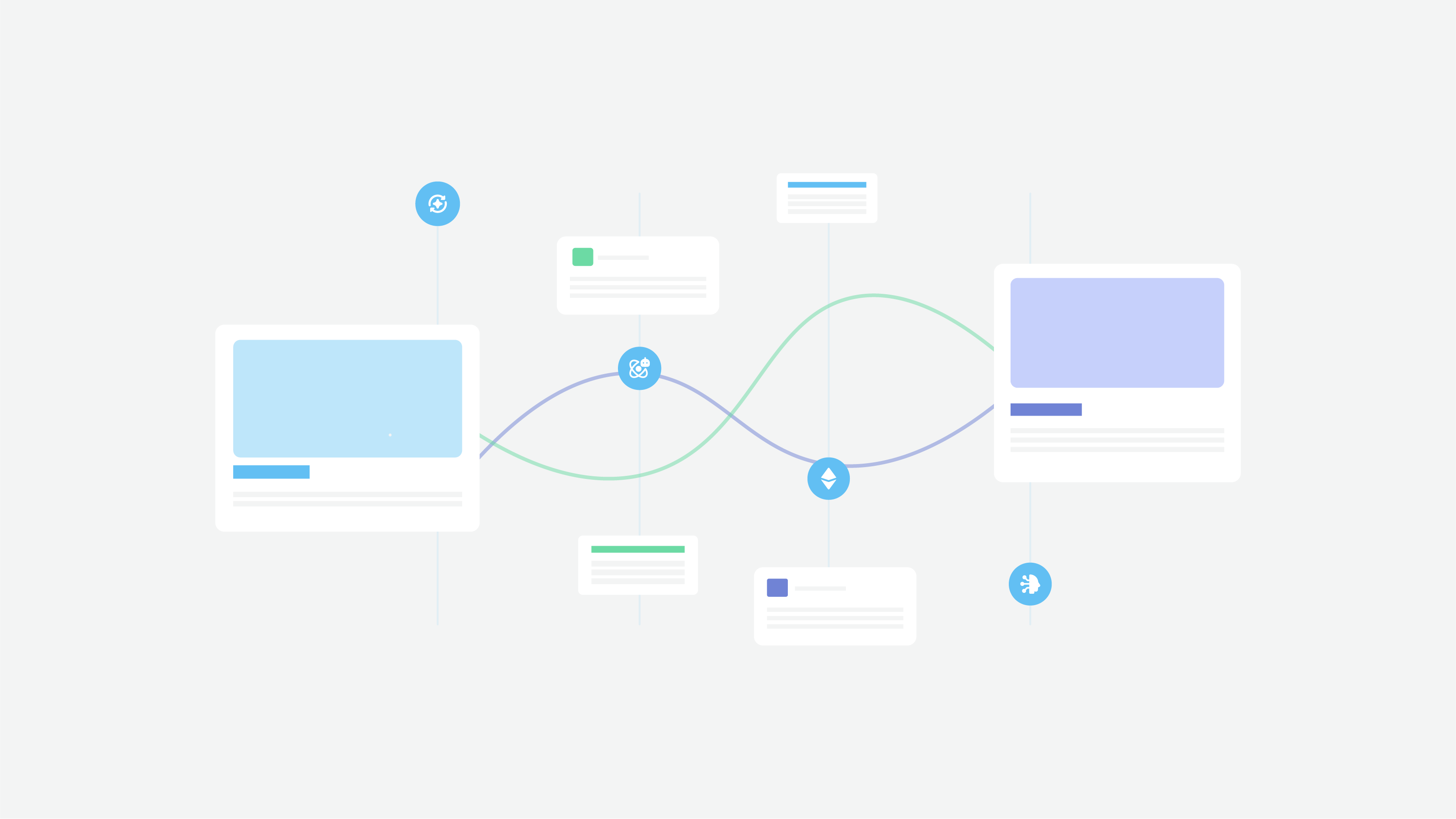eCommerce stands for online selling on marketplaces, where people make electronic transactions to buy specific items and goods. The variety of business transactions contributes to the variety of eCommerce business models.
Each online store or digital trading platform works within the framework of a specific business model, which is adapted to their requirements and efforts to attract visitors to the site. It is the base of commercial activity that holds everything together.
That is why choosing the right business model and a smart approach to e-commerce web development are crucial. It is necessary to obtain a stable and constantly growing profit, a reasonable allocation of resources, and success in a challenging competitive environment.
In this article, we will consider not only the main business models but also talk about the e-commerce website development process, its key stages, and its components. We will also consider an example of the correct approach to developing such solutions and discuss in detail the reasons for its success. So let’s start our journey!
What Is E-Commerce Platform Development?
E-commerce platform development is the process of creating the design, architecture, infrastructure, etc., of online platforms that are used to buy and sell goods/services and have full functionality for trading purposes. It also often includes integrations of payment gateways, management systems, or other third-party tools.
The main goal of development in such a case is to create a convenient and effective web product that will make it easier for businesses to sell their products/services online and for customers, in turn, to quickly and safely purchase these products or services. Therefore, e-commerce platform can develop not only in trade but also in advertising and marketing, facilitating customers’ access to desired goods and stimulating purchases.
Most often, e-commerce websites have functionality for creating online stores, managing sellers and tracking their performance, inventory and product catalog management, order processing, delivery management, online payments, etc. The most famous examples of such web products are Shopify, WooCommerce, Magento, etc.
Main challenges in E-Commerce Web Development
E-commerce web development is a complex process, as it is not only about functionality but also about strict regulatory compliance since the field of commerce is about money transactions, online payments, taxes, and invoicing. So, the development team can face various challenges. Let’s look at a few of the main ones.
Scalability
The issue of scalability is key for any product, but it is especially important for an e-commerce website. The number of customers and sales increases with the expansion of the business, and this growth does not always have stable indicators – sometimes, there can be sharp hikes.
The task of the development team, in this case, is to make the product able to cope with the load, expand functionality, and scale to meet the growing requirements.
Security
In e-commerce web development, security is first. Such platforms are constantly dealing with confidential, sensitive, and financial data that require extra protection. A reliable protection system is critical, so developers are working on unique methods for data control and fraud detection, not to mention all measures to provide full regulatory compliance.
Integration with other systems
E-commerce integration is a very popular way to expand functionality and reach a broader target audience. These can be management systems, payment gateways, partner systems, accounting applications, etc. An e-commerce website is often not ready for successful integration, so developers have to find ways to solve this issue.
It is also worth noting that providing a personalized service can be a challenge. The larger the e-commerce website, the more difficult it is to provide support and customized offers to users. Advanced analytical tools and chatbots are used to cope with this.
Steps to the E-сommerce Website Development Process
E-commerce website development is a process that consists of several main stages. Let’s take a look at them.
Planning and research
At this stage, the market, competitors, and business needs are studied, as well as the target audience is determined. Also, here, the project’s scope is defined, and specifications are created.
Design
In this phase, the team develops a map and a visual representation of the structure of the e-commerce website. The design process includes creating a color scheme, typography, graphics, etc. Also, at this stage, the team designs the interface and plans the user journey.
Development
This is the stage of creating the infrastructure and architecture of the e-commerce website; that is, it is the direct stage of coding. It also includes working with databases and third-party integrations. This is the longest and most challenging step, which requires extensive expertise and professional tech knowledge in web development.
Testing
This is the stage of website checking and testing to ensure that it functions properly and there are no bugs or shortcomings. Quality control takes place throughout the entire process of e-commerce website development, and final checks and corrections occur at the testing stage.
Launch and maintenance
After launch, the e-commerce website becomes available to the public. Despite thorough testing, it may still have bugs that cannot be identified without deployment. Therefore, the product will require improvements and support.
This is the final stage of e-commerce web development, which means constant control of functioning, expansion of functionality, constant improvements, and technical support.
E-commerce Website Development Best Practices
Let’s discuss some e-commerce web development best practices.
First, it is worth paying attention to UI/UX design, adaptivity, and optimization for mobile devices. The site should be optimized for use on different gadgets so that users can make purchases anywhere and anytime.
The right design should be recognizable and support the company’s brand. At the same time, it should be invisible, that is, convenient, easy to use, and smoothly lead to the desired functionality. A high-quality user interface of an e-commerce website is all about accessibility and inclusiveness.
It also applies to search and navigation. These are key elements of an e-commerce platform that simplify and speed up shopping. Without a convenient search, users will simply leave the site.
It is also a good practice to provide e-commerce website users with several different payment options that will be reliable and secure. Confidential customer information must be protected from fraudulent actions.
Don’t forget to use advanced analytics tools. They provide important insights and statistics that allow you to stay ahead of your competitors, adjust your sales strategy and implement new solutions in time. Continuous and stable improvement is the basis of success.
Ecommerce Business Classifications
Before, we briefly described the types of websites including the eCommerce ones, however, the topic has to be analyzed more thoroughly. There are 6 basic types of eCommerce businesses referred to differently, based on the function they fulfill — Business-to-Business (B2B), Business-to-Consumer (B2C), Consumer-to-Consumer (C2C), Consumer-to-Business (C2B), Business-to-Administration (B2A) and Consumer-to-Administration (C2A). Each type represents a different purchasing dynamic.
B2B: Business-to-Business eCommerce
A B2B model focuses on online order transactions between 2 or more businesses. Wholesalers, manufacturers, distributors belong to the B2B sellers. The B2B eCommerce examples that you know for sure are Alibaba, Grainger, Grammarly, etc. Other examples include wholesale suppliers that sell products to retailers and suppliers of business supplies such as office materials or branded employee apparel.
B2C: Business-to-Consumer eCommerce
B2C eCommerce is a model where a business sells goods or services to individuals. The B2C retail is the most common type of the eBusiness model, both online and offline. The examples of the B2C businesses are the most common — these are Spotify, Netflix, Tesco, etc.
C2C: Consumer-to-Consumer eСommerce
The idea of C2C differs from the previously mentioned eCommerce types. As consumers have become more confident in online business, C2C eCommerce has risen greatly. These sites allow customers to trade, buy, and sell items in exchange for a small commission paid to the site. The greatest examples of C2C eCommerce are Amazon, eBay, Craigslist, OLX.
These articles may be interesting for you: How to Make a Website like Craigslist, How to Build a Website like Amazon
C2B: Consumer-to-Business eСommerce
C2B is an eCommerce business model where consumers sell goods or provide services to businesses. Individual consumers provide products or services to an organization. Freelance artists, writers, designers, and software developers serve business needs and engage in C2B transactions. The C2B examples include UpWork, Google Adsense, Commission Junction, and Fotolia.
Government/Public Administration eСommerce
This type of eCommerce business model involves managing transactions between government/public administrations and businesses or consumers. There are 2 ways the transaction can be conducted:
B2A: Business-to-Administration — a business provides an online service for the government. A good B2A eCommerce example is Accela, which provides government agencies with software that helps support constant consumer access to government services, and exchange information more efficiently.
C2A: Consumer-to-Administration — individuals pay post concerns, tax fees or insurance directly from their local governments/authorities.
Revenue models for different types of eCommerce businesses
You can also call them “value delivery methods”. Each of them has its benefits and challenges, and many companies can use several of them simultaneously. Knowing what delivery method to consider will help you think about what opportunities and difficulties they can bring.
1. D2C – Direct to consumer.
The Direct-to-Consumer (D2C) model is popular among manufacturers and CPG (Consumer Packaged Goods) brands that want to enter the market, avoiding a middle-man entity. Shortly, this is a low barrier-to-entry eCommerce value delivery method that allows manufacturers and CPG brands to sell directly to consumers.
2. White label and private label
A white label brand describes any product manufactured by one company and sold by another company. Retailers put their own brand and model number on the end product.
A private label brand is any product produced for exclusive sale by a specific retailer. In private labeling, a retailer hires a manufacturer to create a unique product for them to sell exclusively.
The examples of these models are everywhere. You can note the products in the supermarket or check the cloth manufacturers in stores. Store brands are almost always white-labeled products.
3. Wholesaling
The wholesaling method means that a retailer offers its product in bulk at a discount. Wholesaling is a traditional practice for B2B eCommerce, but many retailers have offered it to budget-conscious consumers in a B2C context.
Casey’s Distributing is the wholesaler of sports memorabilia. Casey’s became one of the largest distributors of licensed sports memorabilia in the United States, selling over 40,000 different products.
4. Dropshipping
Dropshipping is one of the most popular eCommerce revenue models. Acting as a middle-man, dropshippers sell items to the customers by a third party supplier, like AliExpress or Printful.
Dropshippers connect buyers with manufacturers. The examples of dropshipping stores are Inspire Uplift, BlueCrate, Meowingtons, Shopolis, Dude Gadgets, HYGO.
5. Subscription service
This is an eBusiness model in which a customer must pay a fixed price on a regular basis to have access to a product. Subscription service has brought much convenience to many businesses and savings to customers. The best subscription model examples include Netflix, Spotify, Zipcar, and all SaaS companies.
The companies mentioned above are successful representatives of each revenue model. Before we move to the eCommerce platforms that you can consider for your business, we want to pay your attention to the importance of custom website design.
A secret key to succeed in eCommerce business
Once you have made the decision what eCommerce business model you want to apply, choose the path that best suits your business — a custom built website. The biggest advantage of getting a custom web design is that it will make your digital product stand out in today’s saturated web environment and give you a competitive edge.
Custom built websites involve a team behind your business. It starts with a creative process to understand who your target audience is, who you want to reach, how you want the website to function and look on the Internet.
There are also SEO rules to follow when building a site and not all themes are capable of abiding by these rules. Custom websites are more search engine friendly than website templates so they tend to rank higher on the search.
The developer is able to optimize the site during creation to allow for Google and other search engines to read each page and give the end user a more relevant search result thus, giving custom built sites naturally a better ranking on the system. Though it requires more teamwork than template websites, you’ll love the final product.
A custom website doesn’t only adapt to your business needs in a better way but it also gives you the possibility for incorporating your company’s branding into it. Custom website design has a direct effect on your company’s brand and how your audience follows your business.
A professional brand designer together with an illustrator can empower your brand and make your website attractive, so you won’t lose potential customers simply because they are not impressed by the brand image.
Custom built websites tend to take longer than themes, this is because everything is being built and catered to a particular business. However, it will save you time in the long run because when it’s built from the scratch it’s a lot easier to customize the site to ensure it does exactly what you want.
Cadabra Studio makes custom website design with SEO-friendly codes, increasing the chances of appearing in Google searches. We can build and design the website that you have in mind for your business from scratch at any eCommerce platform.
eСommerce platforms
Once you’ve identified who you are selling to, you need to think about where you want to sell. We’ve rounded up 3 global eCommerce platforms you may find interesting and applicable for your business.
WooCommerce
WooCommerce is a platform that enables you to run the eCommerce and affiliate site. It works with WordPress that turns any website into a functional eCommerce store. Also, you can use extensions to integrate payment gateways, social media, 1-click selling, email marketing, and shipping.
Ecwid
Ecwid is a free shopping cart that allows people to create an online store and sell everywhere from Facebook to mobile. The name “Ecwid” means the eCommerce widget. This platform lets people sell products on an existing site by adding a snippet of code to it.
3dcart
3dcart is serving over 22,000 online businesses with clientele. The platform has some practical features like unlimited storage, no transaction fees and support of multi-channel selling.
E-Commerce Web Development by Cadabra Studio
We at Cadabra Studio have extensive experience in developing websites and applications for various industries and organizations. Thanks to this, we were able to form our own unique approach that speeds up the process and allows us to create exceptional, high-quality solutions.
We use this approach in e-commerce website development, and the Woglue ad system is a vivid example of a successful project that validates our expertise. So let’s look at it in more detail.
What is Wouglue?
Woglue is a platform that allows you to create a single advertising network of owners of public digital displays and set up a profitable interaction between them. This is an e-commerce website with full functionality and a convenient cost-per-view payment model based on the computer vision system.
In other words, this is a kind of advertising marketplace that allows online business owners to invest marketing funds more wisely, get more opportunities to promote their product, expand the target audience and, accordingly, increase the number of visits to their e-commerce website.
Our task
We were approached by a client who had long experience in the field of advertising and a large base of ad agents. His idea was to find a way to establish communication between them and create a network that would connect users from all over the world.
Such an e-commerce site was supposed to become a tool for managing ads and establishing professional connections. Our task was to create a product that would contain all the functionality for both advertisers and digital display owners. All the features had to be available, and the interface – to be intuitive so that the audience did not waste extra time searching for the needed page or button.
Development process
Before starting work on the project, you analyzed the requirements and business needs of the client, as well as conducted research on competitive products, the market, and the target audience. Based on the collected data, we could determine the e-commerce platform‘s main goals, compile a list of features, determine the tech stack, conduct an estimate, etc.
All these activities were necessary to create a clear step-by-step development plan and determine the team’s composition. This approach allowed us to outline clear deadlines and save the customer’s money thanks to selecting only the necessary staff.
So, we formed a dream team with extensive experience developing e-commerce sites that consisted of a project manager, UI/Ux designer, business analyst, four developers, and a QA specialist.
Solutions
The first thing we had to take care of was a payment model that would suit both the client and the users of the e-commerce website. We needed to find a quick and profitable solution that would distinguish the product from competitors and increase the loyalty of the target audience.
That is why we created a payment system based on the cost-per-view model, which allowed users to pay only for real results. Our developers have created an effective and safe payment method and administrative functionality for it: saving payment data, history, transaction control, billing, etc.
Another key moment was the creation of a MIND map, which helped the team find intelligent solutions for digital ads and develop an effective architecture with high flexibility and scalability. Thus, this e-commerce website was developed in strict compliance with specific requirements and needs.
Results
Using the best practices of e-commerce web development and our own experience, we created a web product with an intuitive and clear interface that provides users with full access to the necessary features and a unique user experience.
We also created a cool admin panel with all the key components like statistics management, payment control, etc. In addition, we used the optimal payment model.
As a result, this e-commerce site provides users with access to a wide selection of features and favorable terms of cooperation.
Summary
Now when you have deep knowledge in eCommerce businesses, platforms, and value delivery methods existing on a modern global market, you’re ready for changes. eCommerce creates many opportunities for your business. Cadabra Studio has custom-made solutions that work for your audience and product.
Keep reading the Cadabra Studio blog, where we write many useful articles and tips that help your business succeed. If you need a consultation, don’t hesitate to contact us. We help your business grow!











